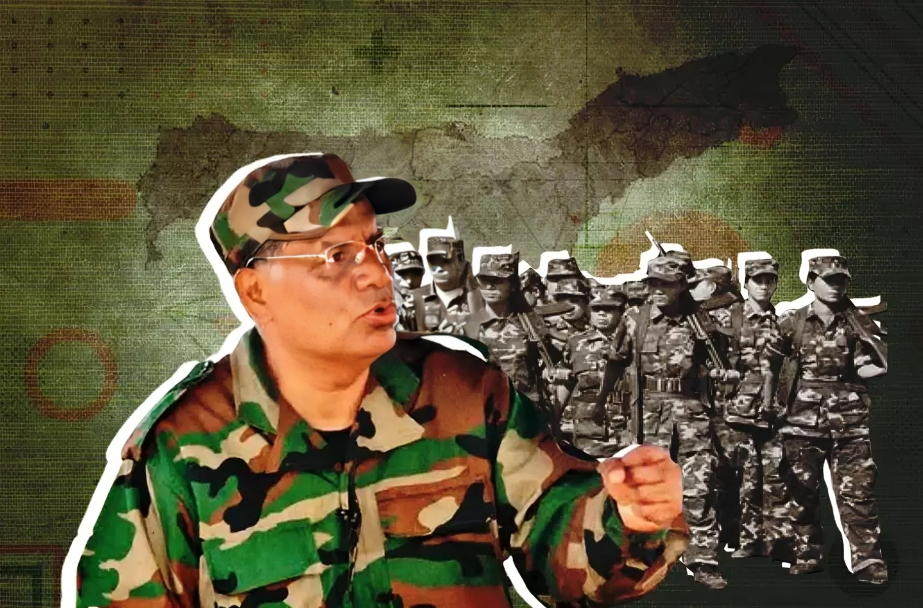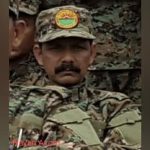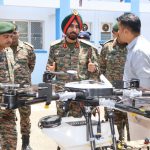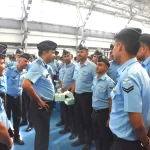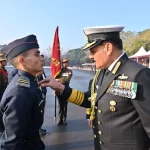On July 13, 2025, the banned insurgent group United Liberation Front of Asom-Independent (ULFA-I) claimed that its mobile camps near the Indo-Myanmar border were targeted in a pre-dawn drone strike, reigniting debate around India’s counter-insurgency strategies in the Northeast. According to ULFA(I), over 150 drones—allegedly of Israeli and French origin—struck their bases between 2 AM and 4 AM in Myanmar’s Sagaing region, killing senior leader Lt Gen Nayan Asom and injuring 19 cadres.
While multiple media reports described the attacks as one of the most significant blows to the group in years, the Indian Army officially denied involvement. “No such operation was conducted,” a defense spokesperson said, despite claims from insurgent sources and online footage suggesting otherwise.
Also Read: ULFA(I) Claims Drone Attacks on its Camps along Myanmar border, Indian Army Denies any Involvement
What is ULFA(I)?
ULFA(I) is the breakaway, hardline faction of the United Liberation Front of Asom (ULFA), formed in 2012 by Paresh Baruah, who continues to lead the group from the Myanmar-China border. Unlike the pro-talks faction, which signed a peace accord with the Indian government in December 2023, ULFA(I) refuses to compromise on its demand for a sovereign Assam.
Operating from dense forests in Myanmar’s Sagaing region, the group runs training camps and conducts insurgent operations in Northeast India, especially in Upper Assam.
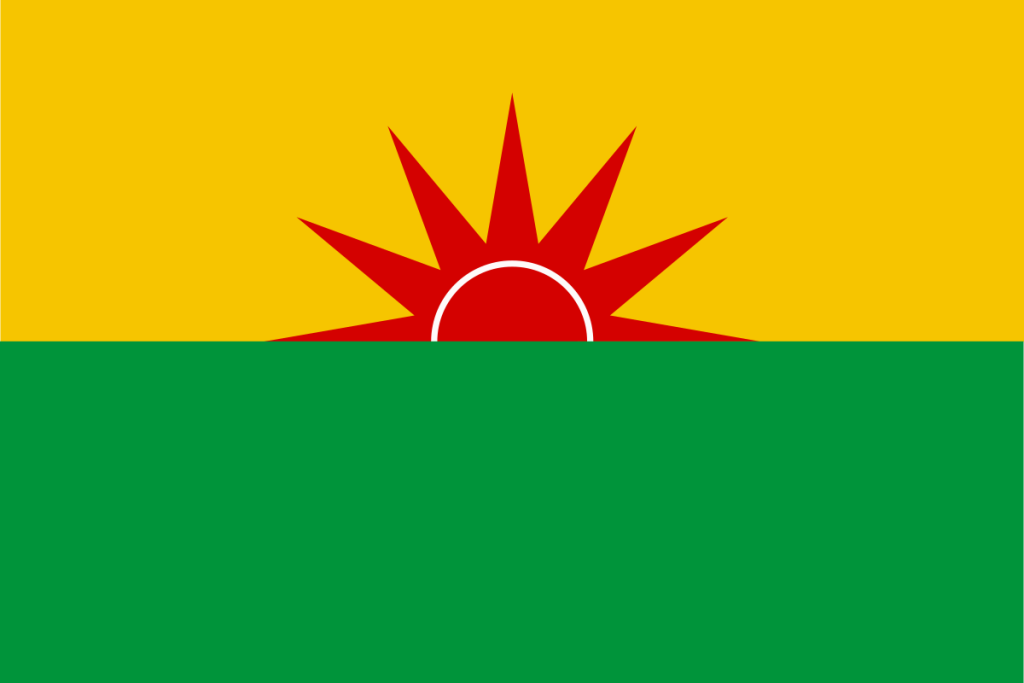
Historical Background: From Assam Movement to Armed Insurgency
ULFA was founded on April 7, 1979, in Sivasagar, Assam, amid the Assam Movement (1979–1985)—a mass agitation against illegal immigration from Bangladesh. The outfit capitalized on local resentment over economic neglect, cultural marginalization, and demographic changes, demanding independence from India.
During its peak in the 1980s and 1990s, ULFA engaged in:
- Extortion from tea estates and industries
- Kidnappings of top executives
- Targeted assassinations of political figures
- Disruption of oil and infrastructure projects
By 1990, the group was reportedly collecting over ₹30–40 crore annually and held assets abroad, making it one of the most formidable insurgencies in India’s northeast.
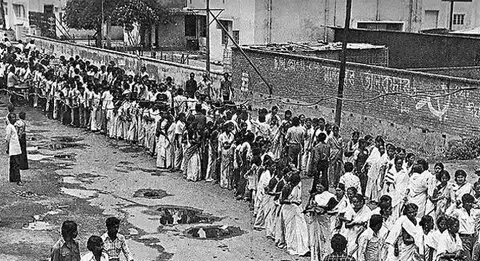
Government Crackdown: Operations Bajrang and Rhino
To dismantle ULFA’s terror network, the Indian Army launched Operation Bajrang (1990) and Operation Rhino (1991). While Bajrang failed due to advance intel leaks, Rhino proved more effective, arresting hundreds and dismantling many safe havens. However, core leaders, including Paresh Baruah, escaped and regrouped in Myanmar.
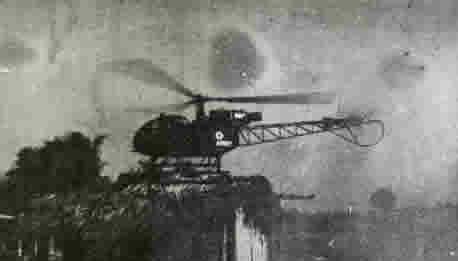
The 2012 Split: Emergence of ULFA(I)
Internal disagreement over peace talks led to a split in 2011–12. The pro-talks faction, led by Arabinda Rajkhowa, entered negotiations with the government. Paresh Baruah opposed any talks without sovereignty and expelled Rajkhowa, forming ULFA-Independent (ULFA-I).
The mainstream faction signed a peace deal in December 2023, but ULFA(I) continues its insurgency, rejecting any engagement with the Indian state.
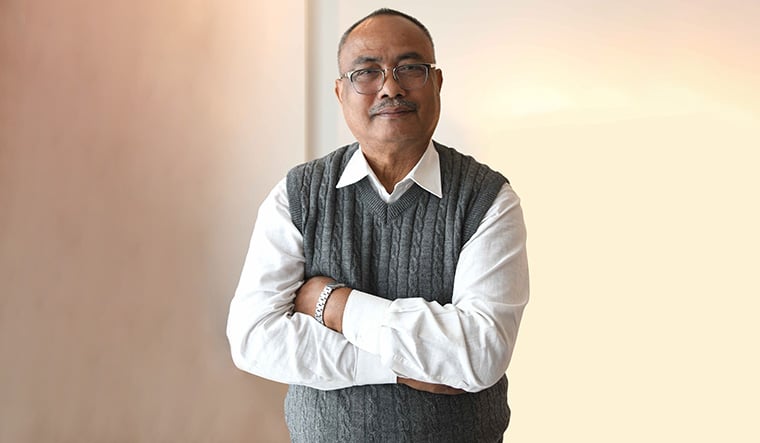
Current Strength, Operations, and Alliances
According to the Ministry of Home Affairs (2025), ULFA(I) has:
- Around 200–250 armed cadres
- Four camps in Myanmar
- 200+ weapons, including advanced assault rifles
ULFA(I) is part of the United Liberation Front of Western South East Asia (UNLFW)—a coalition of northeastern insurgent groups including NSCN-K, NDFB(S), and KLO. The group was involved in the 2015 Manipur ambush that killed 18 Indian soldiers, prompting India’s first cross-border operation in Myanmar.
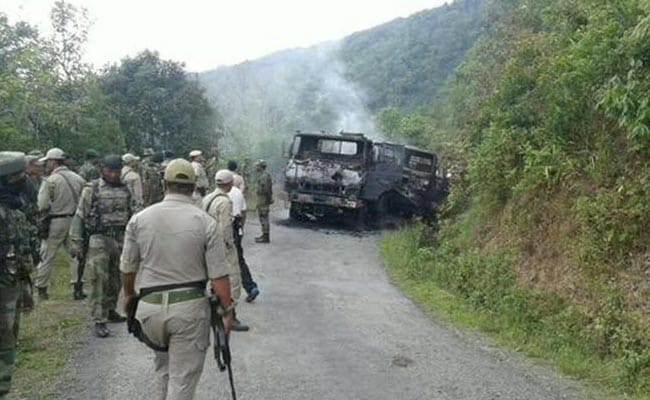
Paresh Baruah: The Man Behind ULFA(I)
Paresh Baruah, born in 1956, was once a goalkeeper and Oil India employee before becoming ULFA’s military chief. After the 2012 split, he formed ULFA(I), continuing his hardline stance from bases in Myanmar and Yunnan, China.
He’s known for his ideological rigidity. In 2010, when his son was allegedly kidnapped by Indian agencies in Bangladesh, he famously stated: “My son is not more important than my people.”
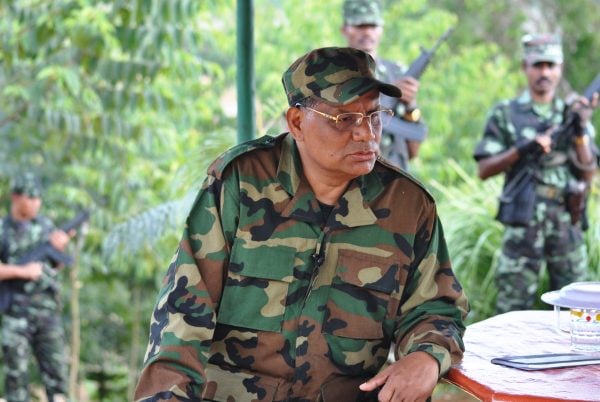
Recruitment, Extortion, and Public Backlash
Despite reduced strength, ULFA(I) still recruits youth—mainly from Assam’s eastern districts like Dibrugarh and Tinsukia. However, it struggles financially:
- Micro-extortion from small traders (as little as ₹2,000)
- High-profile demands like ₹72 lakh from a tea garden in 2023
- Limited local support due to decades of violence and disruption
A 2023 NIA report revealed ULFA(I)’s plan to carry out IED attacks during national celebrations, for which Paresh Baruah and others were charge-sheeted.
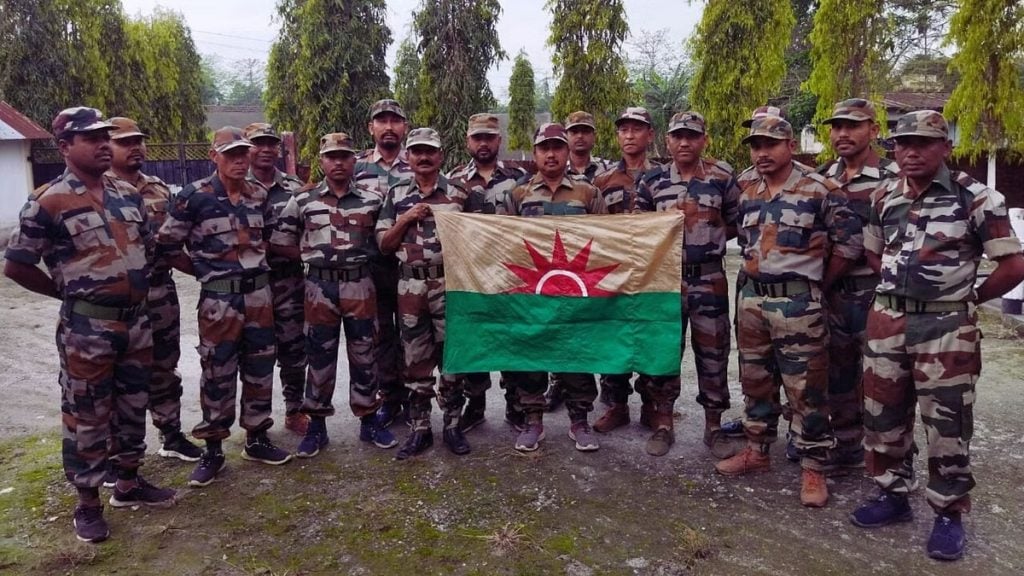
The Myanmar Factor: Post-Coup Instability and Safe Havens
Since the 2021 military coup in Myanmar, coordination between Indian and Myanmar forces has weakened. This has allowed ULFA(I) to regroup in Myanmar’s ungoverned border zones, where lawlessness benefits insurgent operations.
India shares a 1,600-km porous border with Myanmar, making counter-insurgency operations difficult. However, India has in the past executed cross-border surgical strikes, such as the 2015 Operation Hot Pursuit, demonstrating strategic capability.
India’s Strategy: Force, Dialogue, and Development
The Indian government now pursues a three-pronged approach:
- Military pressure: Cross-border raids and technology-backed surveillance (including drone operations)
- Peace talks: Engaging pro-talks factions and offering rehabilitation
- Economic development: Massive infrastructure projects, jobs, and political inclusion
This has significantly eroded ULFA(I)’s support base, as shown in declining recruitment and extortion efficacy.
Conclusion: A Waning Threat Amid Evolving Realities
ULFA(I) remains a symbolic challenge to India’s sovereignty, but its operational capabilities are increasingly constrained. The alleged drone strikes—if true—could mark a turning point in India’s Northeast insurgency history, showcasing a shift toward high-tech, cross-border precision warfare.
However, for lasting peace, India must continue addressing core grievances—unemployment, illegal immigration fears, and regional equity—while neutralizing threats through smart security and inclusive governance.

